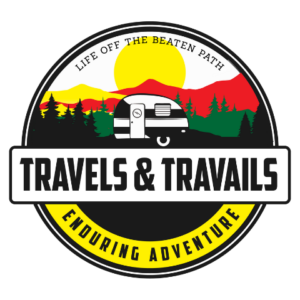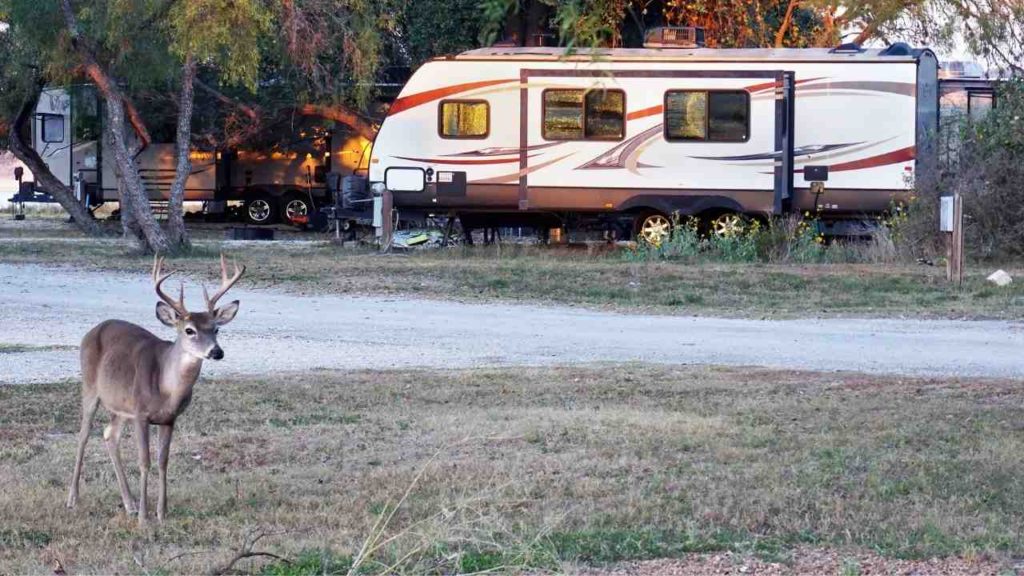
Have you been seriously contemplating spending Thanksgiving with your family in your RV this year? You know you can cook a delicious meal, but you worry about how cold the weather will be. Is November too cold for camping?
Whether November is too cold for camping depends on where in the country you call home. It’s generally ill-advised to camp in a tent if the temperatures are 30 to 40 degrees Fahrenheit or lower. However, you can always stay in an RV or in a cabin if your November temps are that chilly.
In today’s article, I’ll discuss what kinds of temperatures to expect in November countrywide and what your camping options are. I’ll also share some of my top tips for staying toasty when camping in the cold, so make sure you check it out!
How Cold Is Too Cold? The Average November Temperatures Across the United States
November is still technically autumn, but it’s around this time of year that the temperatures begin feeling wintrier than they have all year.
If you’re planning to camp around Thanksgiving especially, which is in late November, then you’re mere weeks from the start of winter.
Whether November is a frigid month, mildly cold, or even comfortable depends on where in the country you call home.
Courtesy of weather and science resource Current Results, here are the average November temperatures for major cities across the United States.
- Virginia Beach, Virginia – 44 to 64 degrees
- Tampa, Florida – 61 to 79 degrees
- St. Louis, Missouri – 37 to 56 degrees
- Seattle, Washington – 41 to 52 degrees
- San Antonio, Texas – 50 to 72 degrees
- Salt Lake City, Utah – 33 to 51 degrees
- Sacramento, California – 45 to 65 degrees
- Raleigh, North Carolina – 40 to 63 degrees
- Providence, Rhode Island – 36 to 53 degrees
- Portland, Oregon – 41 to 52 degrees
- Pittsburgh, Pennsylvania – 34 to 51 degrees
- Phoenix, Arizona – 54 to 77 degrees
- Oklahoma City, Oklahoma – 38 to 61 degrees
- New York, New York – 42 to 54 degrees
- New Orleans, Louisiana – 54 to 71 degrees
- Nashville, Tennessee – 39 to 61 degrees
- Minneapolis, Minnesota – 28 to 42 degrees
- Milwaukee, Wisconsin – 33 to 48 degrees
- Louisville, Kentucky – 39 to 58 degrees
- Las Vegas, Nevada – 47 to 67 degrees
- Kansas City, Missouri – 34 to 54 degrees
If you’d like to know how cold is too cold for winter camping, check out this article.
Your Options for Camping in November
Now that you have a better idea of what kinds of temperatures to expect in your neck of the woods when camping in November, I now want to go over your camping and lodging options, including the pros and cons for each.
A Tent
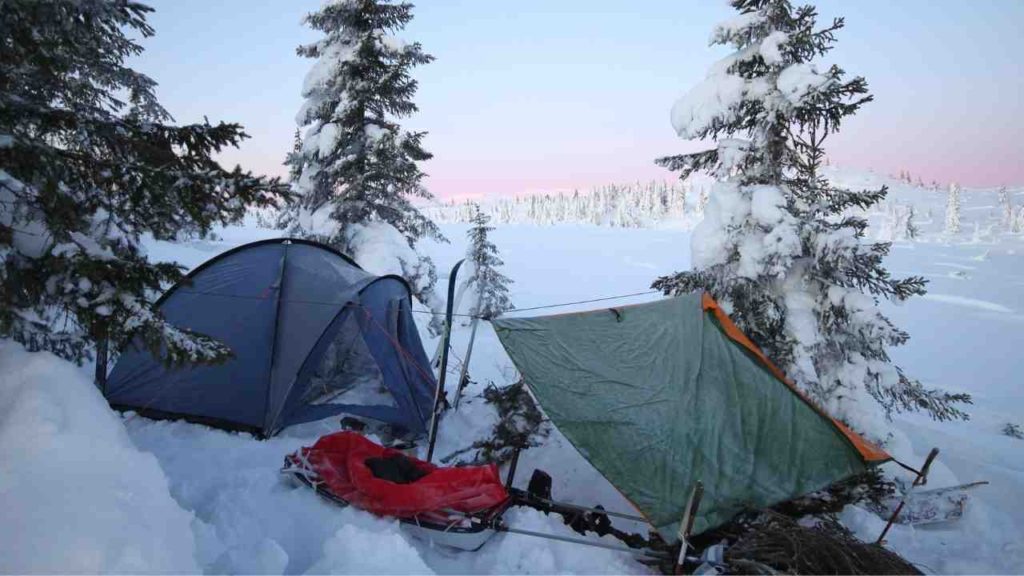
Roughing it in a tent is the most stripped-back and cost-effective option for your expedition.
You can stake a tent (which might be easier said than done if the ground is frozen or near frozen) and crawl on in for some R&R under the stars.
Tents are only moderately windproof and weatherproof, and even those that are insulated might be too cold for the November chill.
The average rule of thumb, which I touched on in the intro, is that if the temperatures are between 30 and 40 degrees or colder than that, then it’s too cold for you to camp in a tent.
You can zip your sleeping bag to your Adam’s apple, and you’ll still have a hard time fighting off the chill.
When you leave your tent, the temperatures are just as cold or slightly colder, so it’s not like you get much relief from the cold.
It can feel unrelenting, which will make you want to cut your camping trip short.
A Camper or Trailer
Your next option, and a step up from camping in a tent, is to spend time at a park or campsite in a travel trailer or smaller camper.
You’ll need a towing vehicle, typically a pickup truck or SUV, that you attach to the trailer.
You don’t drive a travel trailer, and that means that, compared to an RV, it tends to be lacking in the amenities department.
You might not have blackwater or greywater tanks for dumping waste. Your camper may or may not include a bathroom.
Depending on how space-saving the vehicle is, your kitchen could be outside, which makes cooking very inconvenient in the cold temperatures of November.
Your trailer probably lacks its own independent source of power. You might be able to hook it up to a generator, but this is loud and can annoy your fellow campers.
Your other option is to utilize shore power, but whether that’s available will depend on the park or campsite you select.
All this is to say that staying warm is not going to be the easiest thing in a camper or travel trailer.
If your trailer is the hard-walled variety, then naturally, sleeping in the trailer will be warmer than sleeping outside. The trailer has that much over a tent.
However, those pop-up campers with soft walls are barely better than a tent in regards to wind-proofing and insulation.
Ideally, having a source of power to at least heat the camper for a few hours is best. If you can’t access electricity, or if you can but it takes your battery to do it, then you could be in for a cold couple of days.
An RV
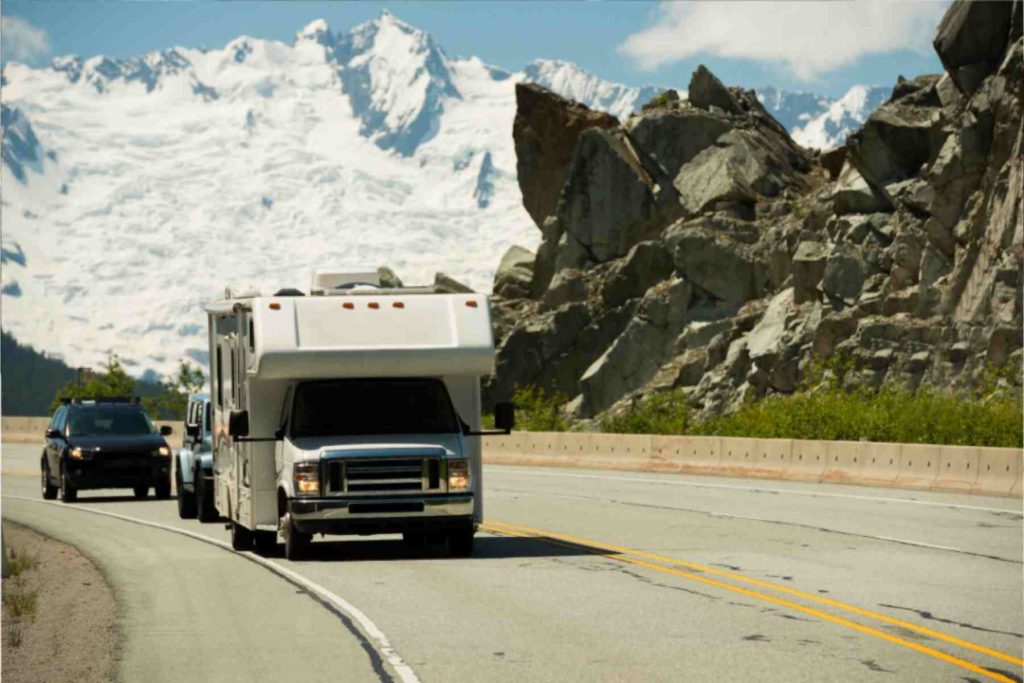
RVs are self-enclosed vehicles, which means you drive them as opposed to towing them like you would with a camper or travel trailer.
You’ll have an indoor kitchen so you don’t need to spend more time outside than you want to.
Your vehicle might include a bathroom, but whether that’s only a toilet and a toilet and a shower will depend on the model.
Your RV will also have tanks for dumping waste, which is crucial when camping for an extended period.
Like a travel trailer, an RV can use shore power or battery power to provide electricity and heating.
You can also outfit your vehicle with solar panels to generate power, but this requires parking your RV in the sun for hours. The results aren’t instant, either.
Speaking of generating power, you can use a generator to juice up your RV so you get a few hours of heat or electricity.
However, the aforementioned issues with unhappy campers complaining about generator noise in your vicinity is still ongoing, so be sure to keep that in mind.
What if you can’t use shore power where you’re camping or you’re only allocated so much per day and you used up your allotment?
Well, in that case, to keep the lights and heat on in your RV, you’d have to rely on the aforementioned solar heating or use your battery.
Keep in mind that if you drain your RV battery–you won’t be able to drive off the campsite.
At least with a trailer, you might not have working brake lights. That’s not a safe scenario, but the trailer could leave the premises since the towing vehicle’s battery is intact.
That does not apply to an RV.
Sleeping in an RV sans heating in November can be quite uncomfortable. Again, like boondocking in a hard-walled trailer, you have some protection from the wind and cold, but not as much as you would want.
A Cabin
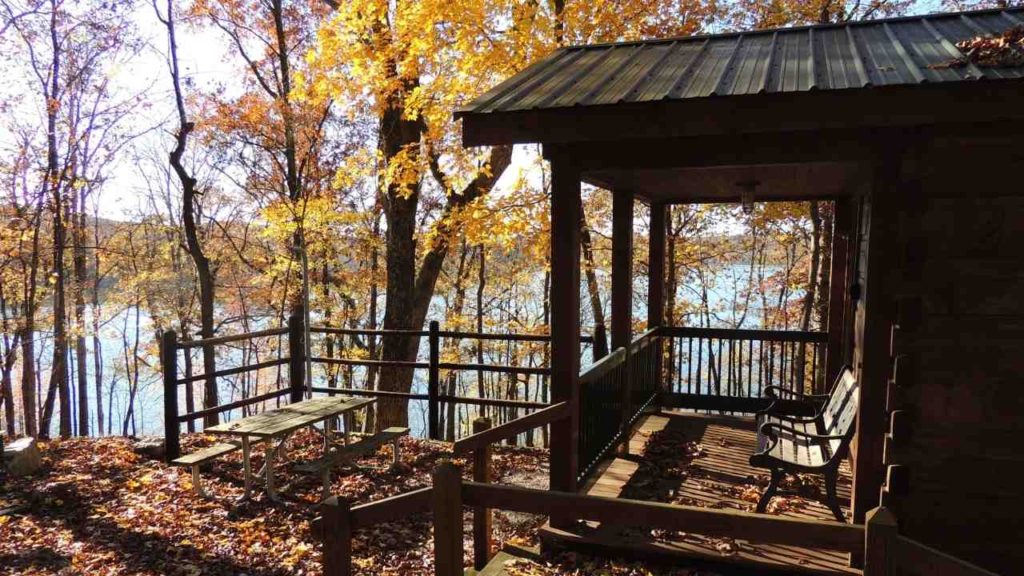
Your last option is to camp at a cabin on the park property.
Usually, this isn’t a decision that you can make spur of the moment. Fewer people camp into November, but the ones who do want to stay warm, and so cabin availability will go fast.
Staying at a cabin is more expensive than the other options I’ve looked at in this section, but it does have its benefits.
You won’t have to worry about using shore power or chewing through your vehicle’s battery, as a cabin will have working lights and electricity that won’t run out during your stay.
You’ll have access to running water, a shower and toilet, a small kitchen, and maybe even a television, who knows?
Even if you don’t have TV or Wi-Fi, you’ll be in an enclosed, insulated environment with running heat. You’ll have very pleasant dreams tonight and any other night you stay since you’ll be nice and warm.
Will Campgrounds Even Be Open in November?
You’re beginning to feel more and more gung-ho about the idea of camping in November.
That said, will your favorite campground even be open?
I wrote about that here, and the answer is maybe.
If you live in a region where the winters are mild at best, then the chances are better that the campground or park will stay open in November.
For states with cold winters, the cutoff might be mid-to-late November.
I can’t speak for every park and campground in the country, nor am I trying to. I recommend looking up your campground’s website and checking its active season.
If the campground is closed for the season, then keep looking around until you find one that isn’t.
Tips for Staying Warm When Camping in November
Even if you have a place to camp and moderately warm accommodations, camping into the late fall and winter brings with it its challenges.
The following tips will make your camping adventure far more enjoyable!
Layer Up
The right gear is integral when camping in November.
Even if you’re staying at a cushy warm cabin, you’re not spending all day there.
Layering up will keep you warm even when spending hours in 40-degree weather.
First, you need your base layer, which should fit close to your body. This layer should be midweight but flexible, such as long johns.
Then you need a middle layer, which is more insulating. Your second layer should be made of thicker material still such as fleece or puffy down.
Finally, you put on the shell layer or outer layer, which should be breathable, waterproof, and weatherproof. You can’t rely solely on a winter coat, but weatherproof pants as well.
You’ll also need warm socks, mittens or gloves, and a winter hat.
Wear Moisture-Wicking Materials
You might not be able to fathom working up a sweat on a cold November day, but after two hours of adventuring, you will indeed perspire.
Your layers should always be breathable so sweat can exit, especially the shell layer. You should also wear moisture-wicking materials for your base layer, as this is the closest to your skin.
Merino wool, polyester, and traditional wool are known for their moisture-wicking properties.
Your clothes will never soak with sweat and stick to your skin, which would only make you feel colder!
Stay Active During the Day
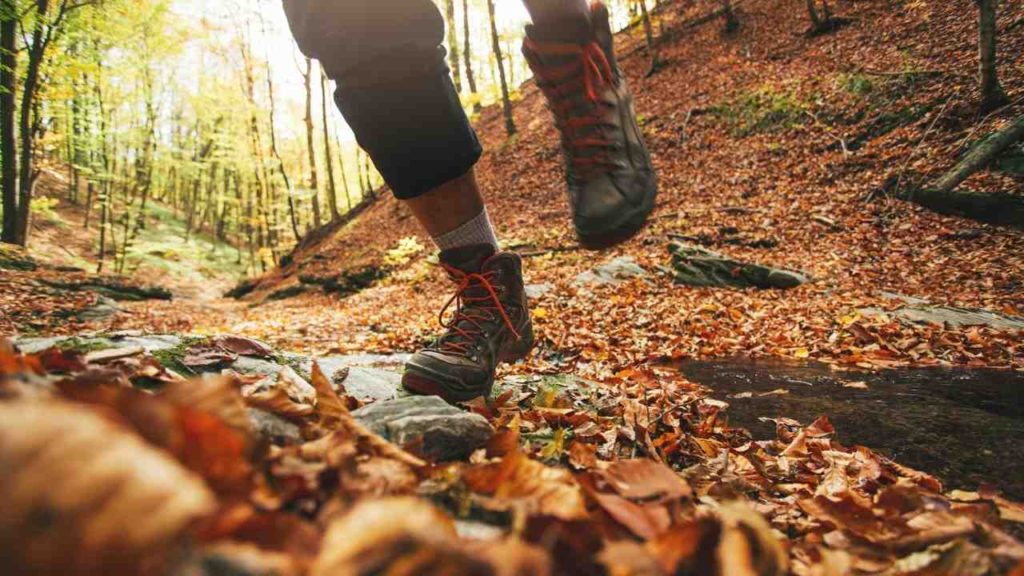
Speaking of daytime activities, I highly recommend them.
The more you sit around and think about how cold it is, the colder you’re going to feel because your mind is preoccupied.
When you distract yourself, you won’t think about the cold so much. As I said before too, you’ll also start sweating, so you literally will not feel cold for long!
I’ll be the first to admit that your range of activities when camping in cold weather compared to the spring or summer is rather limited.
You might not be able to go fishing if the lake has frozen over, and swimming is obviously out of the question.
You can still hike, walk, bird-watch, track wildlife, and just explore and enjoy.
Eat Hot, Nourishing Food
If you’re spending most of your day being active, you need to eat somewhere in the ballpark of 3,000 to 3,500 calories per day (for adults) rather than the standard 2,000 since you’re exercising so much.
Treat yourself to a hot, filling meal after a long day to warm you up. Whether you make hot dogs over a fire, slow-cooked chili, fall-off-the-bone ribs, or soup, you’ll nourish your body and your soul.
Safeguard Your Electronics
Even if you don’t use them much, I’m sure you still brought your phone and maybe your iPad or laptop, right? It’s okay!
You don’t want your electronics to freeze, especially if you’re staying in a camper, RV, or tent.
Stuff your items in a sleeping bag or under a layer of clothes or blankets when not in use. It’s a good idea to turn them off too.
Conclusion
In some parts of the country, November very well could be too cold for camping, but that’s not the case across the board.
If your preferred campsite or park is still open, then with the tips and advice I presented in this article, you can camp comfortably despite the early winter chill!
